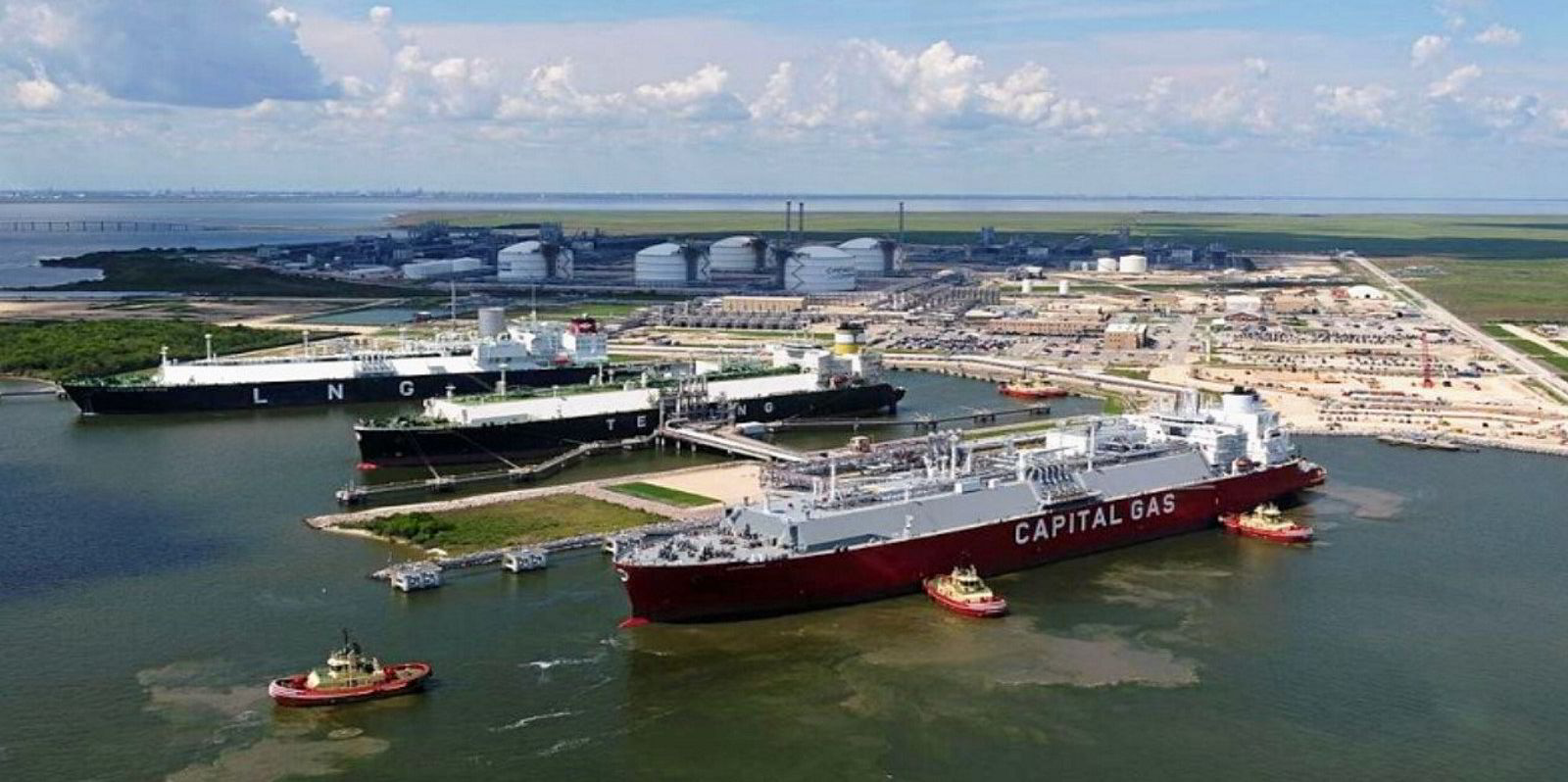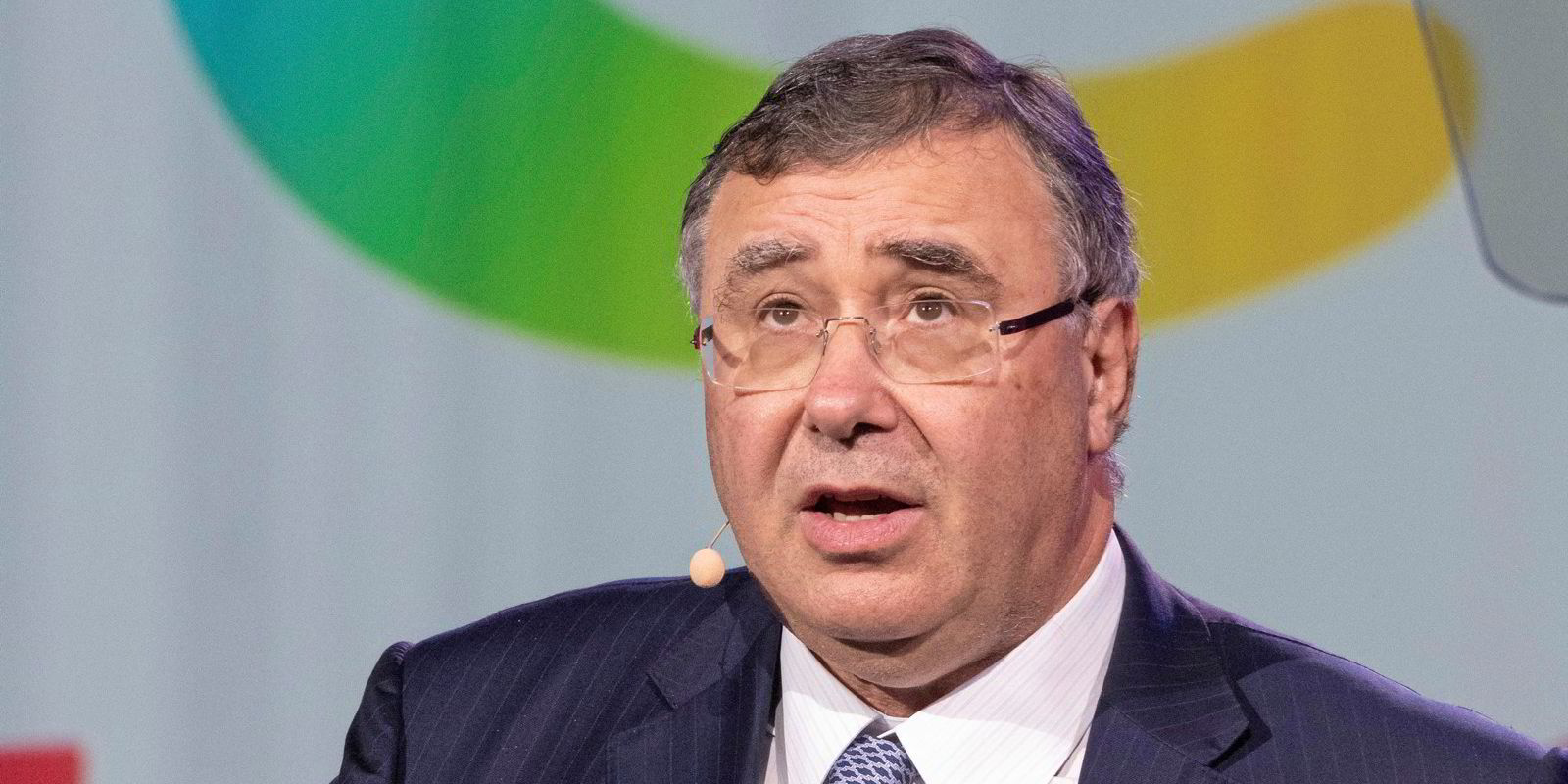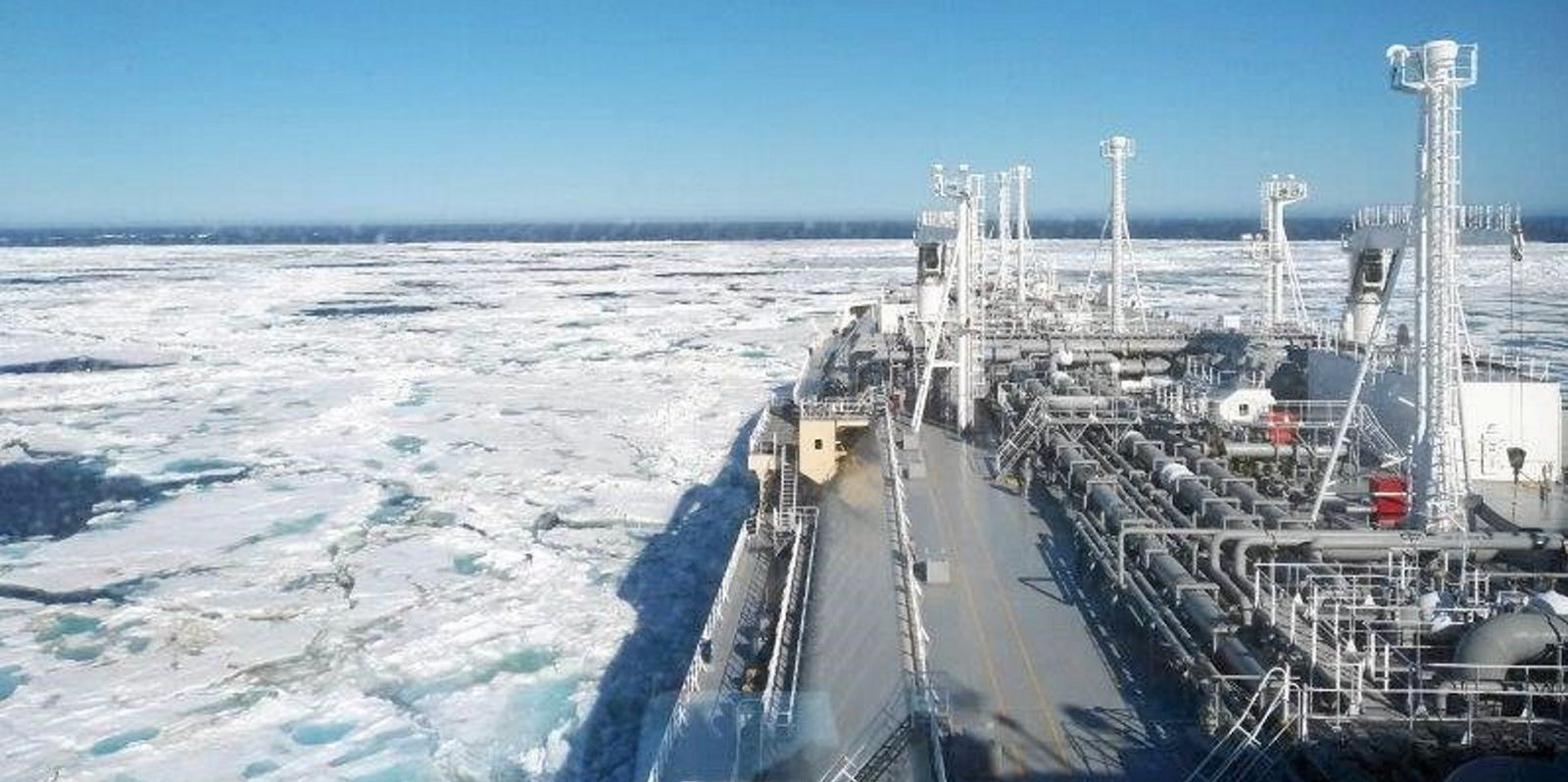New liquefaction projects have been given added momentum by the demand surge for LNG following Russia’s invasion of Ukraine.
Onshore and offshore projects have scrambled to gear up as Europe looked to source about 140 million tonnes per annum of LNG to plug its gas supply gap as Russia turned pipeline taps off.
To a large extent, the market responded. In its LNG Outlook 2023, Shell said Europe imported 121m tonnes of LNG in 2022 — 60% more than in the previous year, albeit in a market that was experiencing lower demand from Asia.
However, it warned of an impending supply gap of about 140m tonnes by 2030.
Mitsui OSK Lines chief executive Takeshi Hashimoto said the war had accelerated LNG project development.
Previously, he said, the push to zero emissions had led to scepticism about the approval of new projects, but he believes that for the transition of 10 to 20 years, the global economy will still need “huge volumes” of LNG.
Analysts said the escalation of the Ukraine crisis has increased the focus on 2023 as the year in which new LNG projects — which will take three to four years to come online — need to be greenlighted, particularly with competition between European and Asian buyers for volumes expected to increase.
‘LNG addict’
Consultant Andy Flower estimates that developers are targeting final investment decisions on projects in 2023 that could add more than 160 mtpa of LNG — 120 mtpa of it produced in the US — to the 470 mtpa of capacity in operation now.
In January, shipbroker Howe Robinson Partners identified four new US liquefaction projects with a combined capacity of 85.6 mtpa that could be given the go-ahead this quarter.
Floating LNG projects are also being shunted forward on the back of the demand boom, with contractors reporting unprecedented activity.
Affinity (Shipping) managing partner Richard Fulford-Smith — a self-confessed “LNG addict” — forecasts that LNG production will rise to 1bn tonnes per annum within the next decade, providing new liquefaction can be financed.
Fulford-Smith said the war has reminded Europe of the inflexibility of gas pipelines. In contrast, LNG shipping can be redirected to the markets of highest demand.
But how the invasion fallout will ultimately affect LNG shipping trades and chartering is still playing out.
TotalEnergies’ senior vice president for shipping, Jerome Cousin, said the LNG commodity market experienced an “unbelievable year” in 2022 and shipping followed suit.
He said the market has become used to volatility on the spot market.
But Cousin said it is the one to three-year term time charter market that has really shot up. The question for him now is: will it hold at these levels or flatten off more in line with long-term rates?
Buyers continued to move Russian cargoes from the Arctic Yamal LNG project into Europe throughout 2022, with volumes up at 13.5% over 2021 levels.
Rhetoric out of Russia suggests that it intends to send more LNG shipments east to China via the Northern Sea Route or longer-haul to India using its owned or chartered vessels. The idea of a Turkish gas hub is also floated.
Will these reroutings and the expected rise in imports from the US to Europe upset the LNG shipping demand outlook in the coming years?
Hashimoto said a Japanese shipowner such as MOL is walking a “tightrope” daily.
The Asian market is suffering from a shortage of LNG, he added, and exports from Russia’s Sakhalin and Yamal projects are still important to MOL’s customers, who, along with the Japanese government, are requesting the company to continue its shipments.
It is a “commercial reality” that the market needs Russian LNG, Hashimoto said. But he stressed that at the same time, it is necessary to watch what is happening on the battlefield and have back-up plans in case the situation deteriorates.
And as countries compete for supplies, TotalEnergies chief executive Patrick Pouyanne this month reminded the industry that Europe’s successful dash for LNG in 2022, which helped push gas prices to record levels, was at the expense of other buyers who switched to cheaper fuels such as coal, so increasing emissions.






